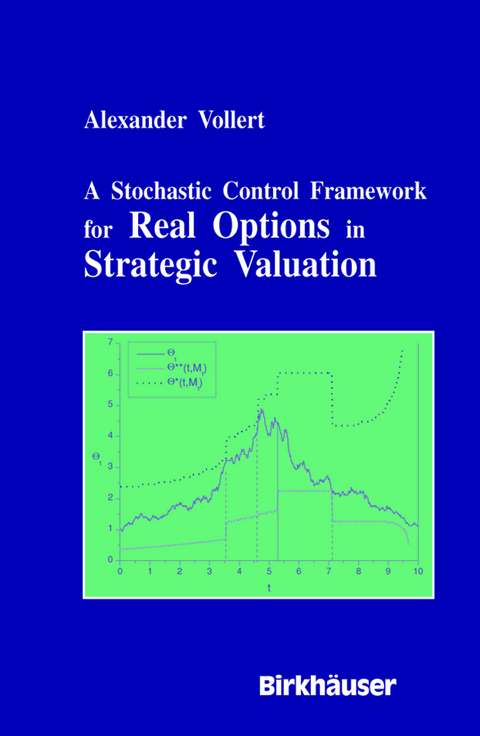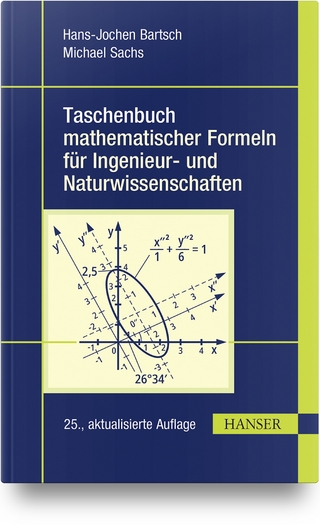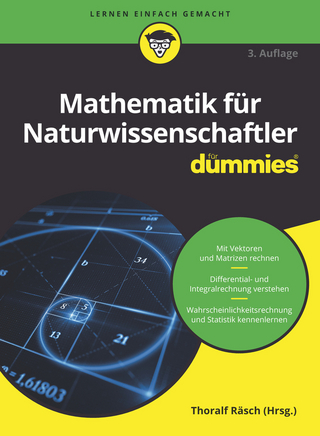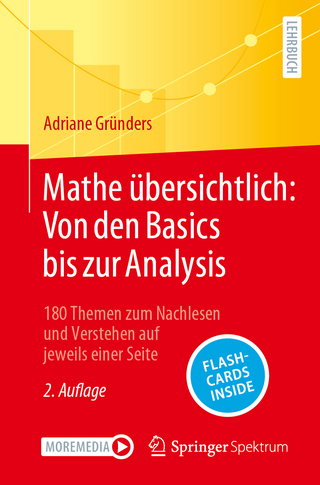
A Stochastic Control Framework for Real Options in Strategic Evaluation
Springer-Verlag New York Inc.
978-1-4612-7401-8 (ISBN)
The theoretical foundation for real options goes back to the mid 1980s
and the development of a model that forms the basis for many current
applications of real option theory. Over the last decade the theory
has rapidly expanded and become enriched thanks to increasing research
activity. Modern real option theory may be used for the valuation of
entire companies as well as for particular investment projects in the
presence of uncertainty. As such, the theory of real options can serve
as a tool for more practically oriented decision making, providing
management with strategies maximizing its capital market value.
This book is devoted to examining a new framework for classifying real
options from a management and a valuation perspective, giving the
advantages and disadvantages of the real option approach. Impulse
control theory and the theory of optimal stopping combined with
methods of mathematical finance are used to construct arbitrarily
complex real option models which can be solved numerically and which
yield optimal capital market strategies and values. Various examples
are given to demonstrate the potential of this framework.
This work will benefit the financial community, companies, as well as
academics in mathematical finance by providing an important extension
of real option research from both a theoretical and practical point of
view.
1 Overview.- 1.1 Background and Objectives of the Study.- 1.2 Organization of the Study.- 2 Introduction to Real Options.- 2.1 Basic Idea.- 2.2 Classification of Real Options.- 2.3 Discussion of the Real Options Approach.- 2.4 Conclusions.- 3 Real Options and Stochastic Control.- 3.1 Real Option Interactions and Stochastic Control.- 3.2 Introduction to Impulse Control and Optimal Stopping.- 3.3 Impulse Control Model for Valuing Real Options.- 3.4 Combined Impulse Control and Optimal Stopping.- 4 Valuing Real Options in a Stochastic Control Framework.- 4.1 Equivalence of Stochastic Control and Contingent Claims Analysis.- 4.2 Contingency Structure of Option Interactions.- 4.3 Example: Timing and Intensity of Investment.- 5 Extensions: Competition and Time Delay Effects.- 5.1 Competitive Interaction.- 6 Case Study: Flexibility in the Manufacturing Industry.- 6.1 Real Options and Volume Flexibility.- 6.2 Model.- 6.4 Numerical Analysis.- 6.5 Simulation Results.- 7 Conclusions and Extensions.
| Zusatzinfo | 288 p. |
|---|---|
| Verlagsort | New York, NY |
| Sprache | englisch |
| Maße | 155 x 235 mm |
| Themenwelt | Mathematik / Informatik ► Mathematik ► Allgemeines / Lexika |
| Mathematik / Informatik ► Mathematik ► Algebra | |
| Mathematik / Informatik ► Mathematik ► Analysis | |
| Mathematik / Informatik ► Mathematik ► Angewandte Mathematik | |
| Mathematik / Informatik ► Mathematik ► Wahrscheinlichkeit / Kombinatorik | |
| Wirtschaft ► Betriebswirtschaft / Management ► Finanzierung | |
| Wirtschaft ► Volkswirtschaftslehre ► Ökonometrie | |
| ISBN-10 | 1-4612-7401-X / 146127401X |
| ISBN-13 | 978-1-4612-7401-8 / 9781461274018 |
| Zustand | Neuware |
| Informationen gemäß Produktsicherheitsverordnung (GPSR) | |
| Haben Sie eine Frage zum Produkt? |
aus dem Bereich


